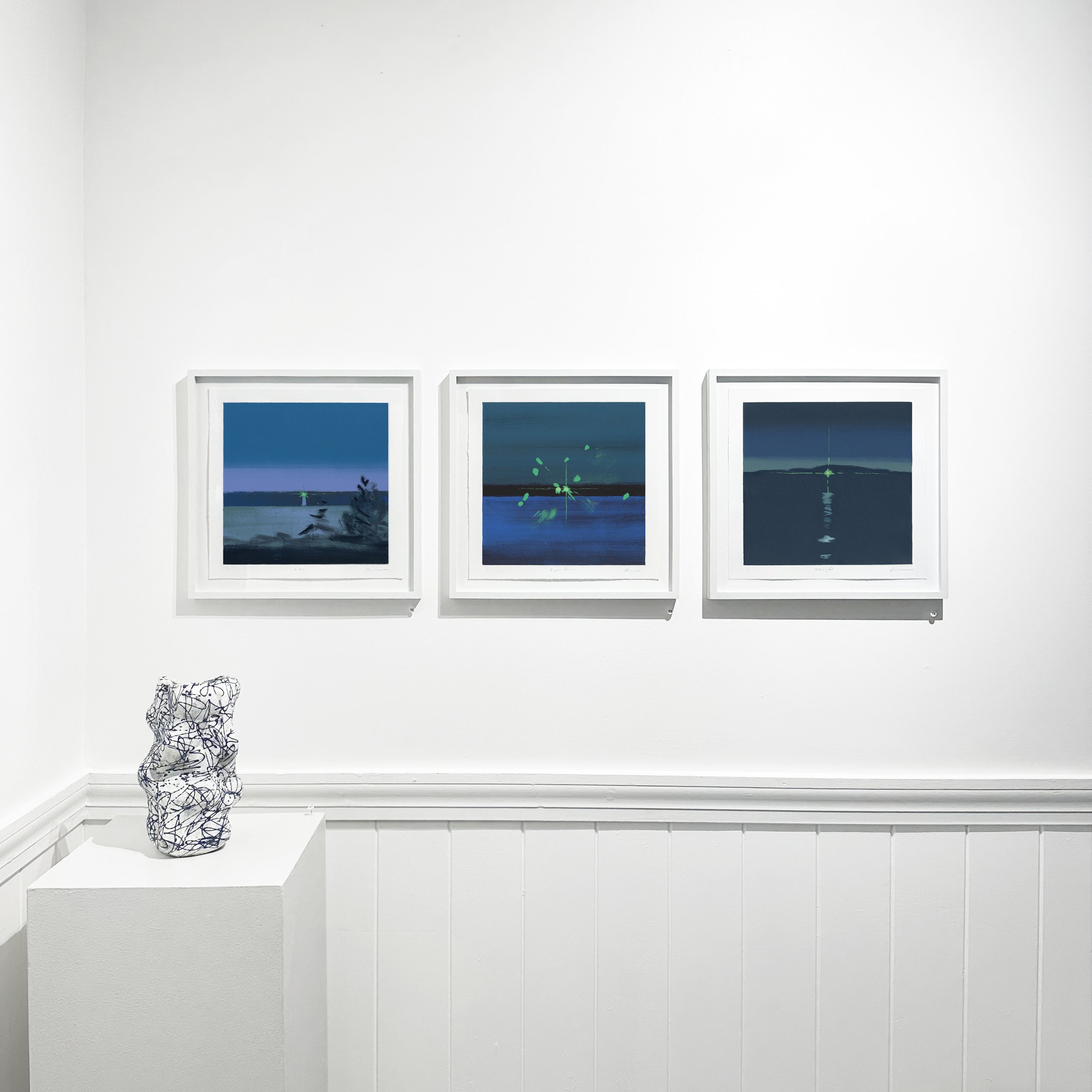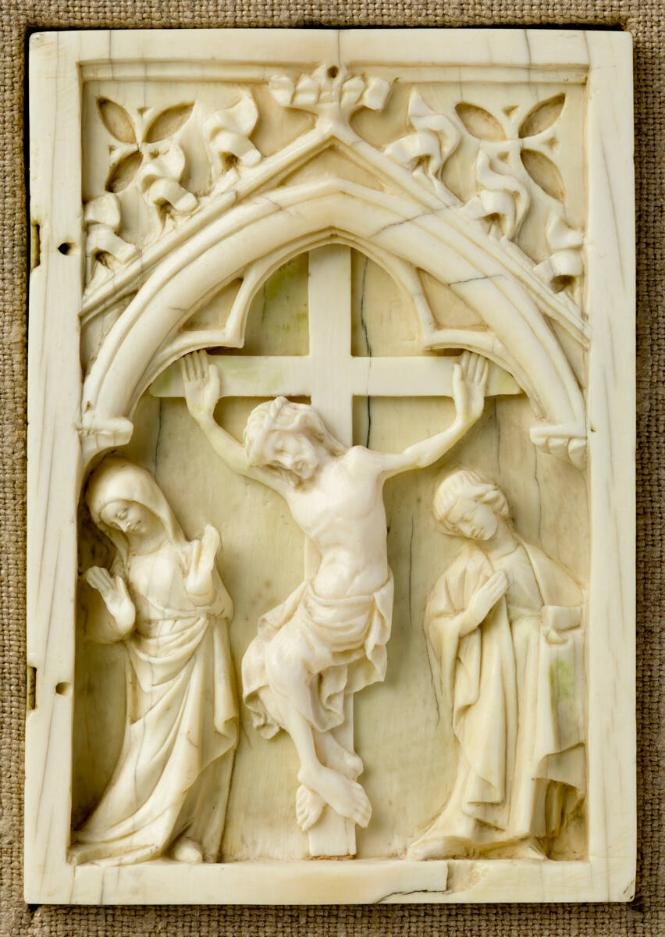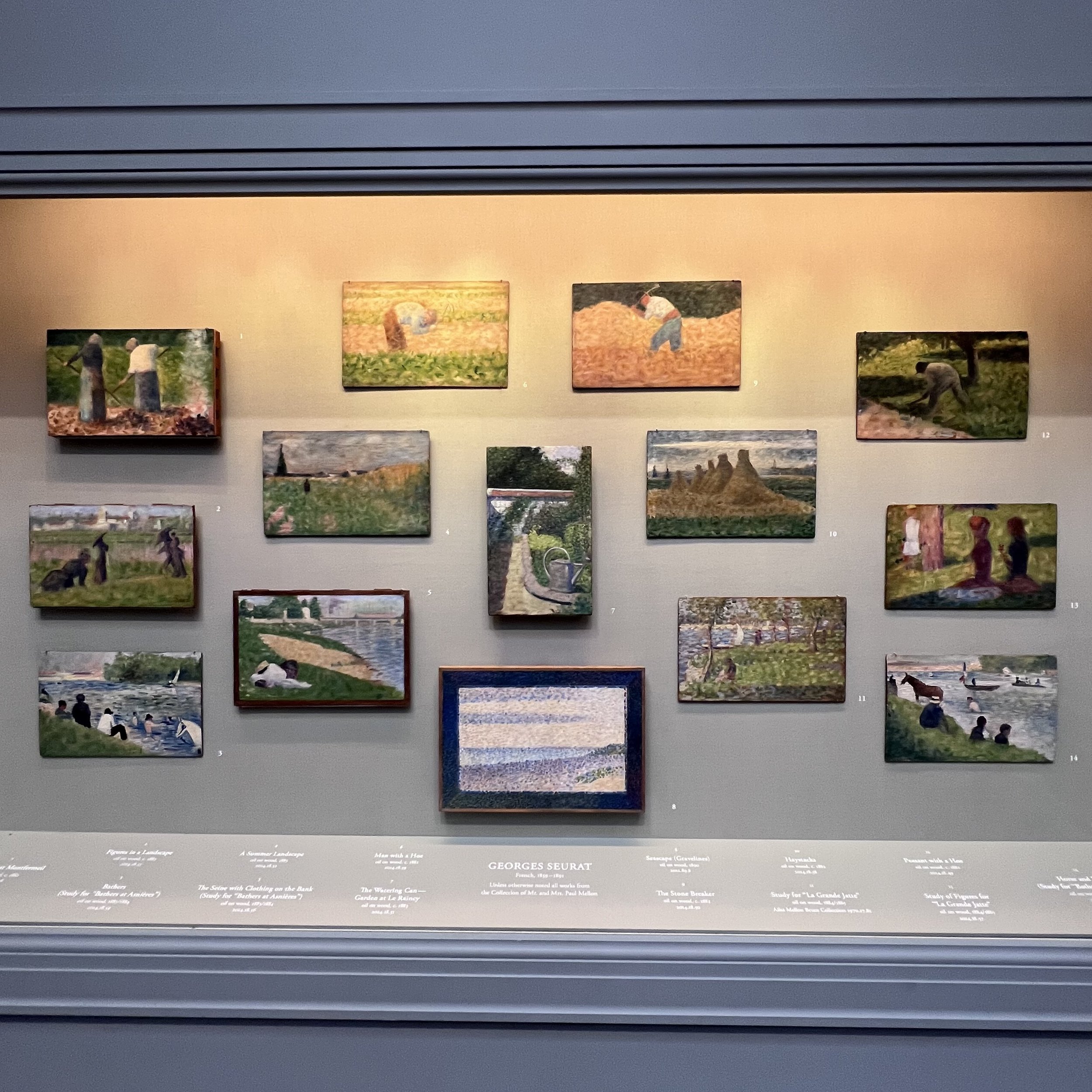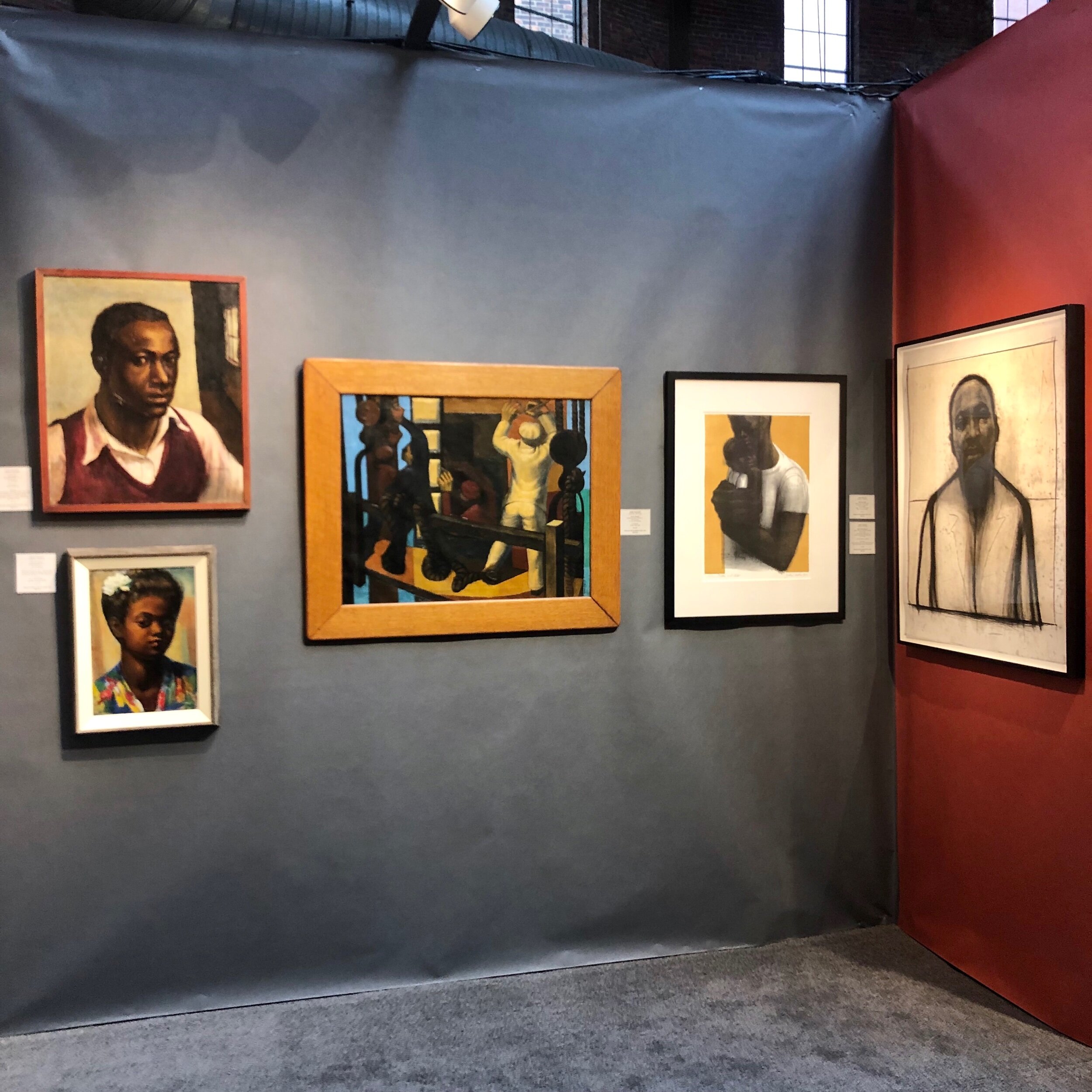Small, independent galleries that focus on local artists are a hugely important element of our creative ecosystem. In Concord, New Hampshire, PILLAR Gallery is filling an important need by curating contemporary art and putting on compelling shows. This artist-run exhibition space is a younger venue, but one that is contributing a great deal to the region already. To get a sense for the gallery, you can explore a 3D tour of their very first exhibition by clicking here. I had a great conversation with co-founders Mike Howat and Fallon Rae about the work PILLAR is doing and what is next for this space, which you can find below.
Can you share an overview of the philosophy behind PILLAR Gallery + Projects?
PILLAR is an exhibition space in Concord, NH. We work with emerging and mid-career artists to curate thematic group exhibitions that pull from the diversity of current artmaking in the Northeast and beyond. With a maximalist approach to curation, we believe in exhibiting and celebrating a wide range of materials, studio processes, experimental approaches, cultural backgrounds, and artistic voices. Centered around defined curatorial themes, we work to make our exhibitions reflect the current landscape of artmaking and make contemporary art accessible.
PILLAR hopes to be just that, a pillar in the community, where we make ourselves a bridge for artists, collectors, and viewers at any stage of their journey to enjoy a third space where we hope to bring in unique shows. From our free events such as our openings or Drink + Draws to collaborating with State Street Kitchen, our neighbors next door, to have classes and Friday Night Dinner Pick-ups we try to make the space as open as possible.
Ceramic by Boyan Moscov and monotypes by Rachel Burgess in the exhibition As the Light Wanes at PILLAR in 2024.
What does it mean to you as two artists to run a gallery space and share the work of your peers? How does that inform your practice?
We believe that the way we curate changes our practice because of our methods of finding the work we show in our space. From our visits to artist’s studios where we explore their hidden archives or traveling to New York City to be a safe insured vessel for artwork to make its way to the gallery and avoid the hassle and risk of shipping delicate work. Some of those artists include Kevin Xquies, Sung Won Yun, and Melody Boone who we were so thankful to showcase their pieces and help facilitate delivering work to other galleries in the area.
This travel gives us inspiration and ideas that energy back to our practices. Howat is an urban landscape painter so this travel has been the subject of paintings. While Rae is interested in digging through artist’s spaces and their techniques.
How does the cultural landscape in New Hampshire compare to other cities or regions? Strengths and weaknesses?
New Hampshire presents a unique environment for creatives, though it lacks a central "hub" for the arts. Many galleries focus on landscape art, but we aim to bring in diverse work that encourages people to visit from near and far. Our most recent show drew attendees from Philadelphia, Texas, and Upstate New York, demonstrating that interest is growing for contemporary shows that reflect on current issues to gather people for observation and conversation.
An installation shot from NANO, PILLAR’s answer to the popular tradition of small works shows.
What are your goals for your winter open call?
Our goal for the winter open call was to showcase a broad spectrum of work from artists in the region and beyond, offering a platform for over 60 artists and more than 100 pieces of art in our 200 sq. ft. gallery space. We also aimed to connect buyers with emerging artists and foster new relationships in the community.
We are hopeful our summer open call “The Print Shop” will be another opportunity for artists to share their work with us. We will also be collaborating with Kimball Jenkins, a local art school and exhibition space, to have classes in their print studio and a coinciding exhibition.
How can artists best position themselves to share work in a space like yours?
We have an Artist Residency open call and “Artist Of The Month” will be opening up more opportunities for artists to share their work with the public. We also will be running our 2nd Sound & Color Festival in October and having opportunities locally for murals.
What are the most important things you’ve learned so far in having this space?
The most important thing we have learned running PILLAR is probably being a trustworthy place for artists to share their work.
What is a success or accomplishment that you are most proud of so far?
There are so many things within our first year we have accomplished a considerable amount of success within our 200 sq ft and community. 8 Exhibitions at PILLAR working with over 125 artists in the space including an Artist Residency with Tracy Hayes that coincided with the Sound & Color + Kimball Jenkins Sculpture Garden. Being published in Artscope, Art New England, Concord Monitor, Hippo Magazine, and more. We also are so proud to receive “Best Of NH” Award for Best Group Exhibitions.
A sculpture installation in downtown Concord, NH, facilitated by PILLAR. The show featured work by Damion Silver, Ryan Swedenborg, and Adam Pearson.
There are many challenges facing small and mid-sized galleries. What are some that you wish more people understood?
We truly appreciate the gratitude and kind words, but we also want to share that our time and effort are stretched across many responsibilities. While we’re dedicated to this cause, it's important to remember that this is not our full-time job, and we are balancing it alongside the demands of everyday life. In times like these, any on-the-ground help, donations, or empathy would be incredibly meaningful and appreciated. One of my favorite quotes from another local gallery owner is “We do not need more idea people, we need more boots on the ground people to do the work”
Also, rejecting others is so difficult, but the more galleries stick to their guns on their creative vision the more people will be interested in seeing what they are showing and why it is important to the curators. The more we respect curation as an art form itself the better artists, viewers, and collectors will appreciate the conversation.
What do you see as the future of small galleries like your own?
There have been an explosion of small galleries that come and go, but we would like to see more comradery and a more unified version or collaboration. Working together to be the best is how we can be the most successful.
What’s next for PILLAR Gallery + Projects?
We are hopeful to have more exhibitions. Our next exhibition “Currents” will be open Feb. 9- Apr 4, 2025 with our opening reception Feb. 23 2-5 PM. We also are having an open call for our Artist Residency due Feb 15th and another collaboration with the New Hampshire Potter’s Guild for our Mother’s Day Mug & Flower Vase Show happening May 16,17, and 18. We are also having a Print Open Call releasing next month for our Summer Open Call.
PILLAR Gallery + Projects is located at 205 N. State Street in Concord, New Hampshire. Learn more about the gallery at www.pillargalleryprojects.com, or follow them on Instagram at @pillar_galleryprojects.
























